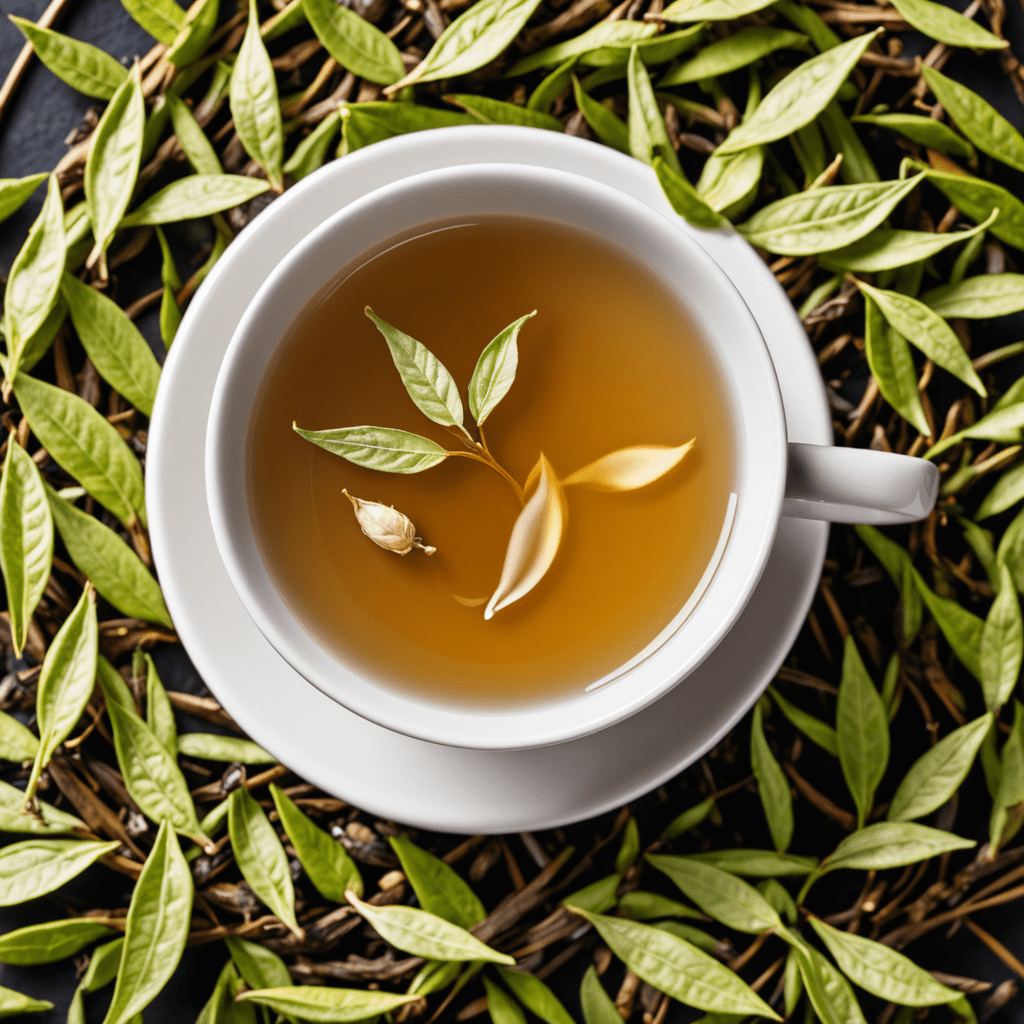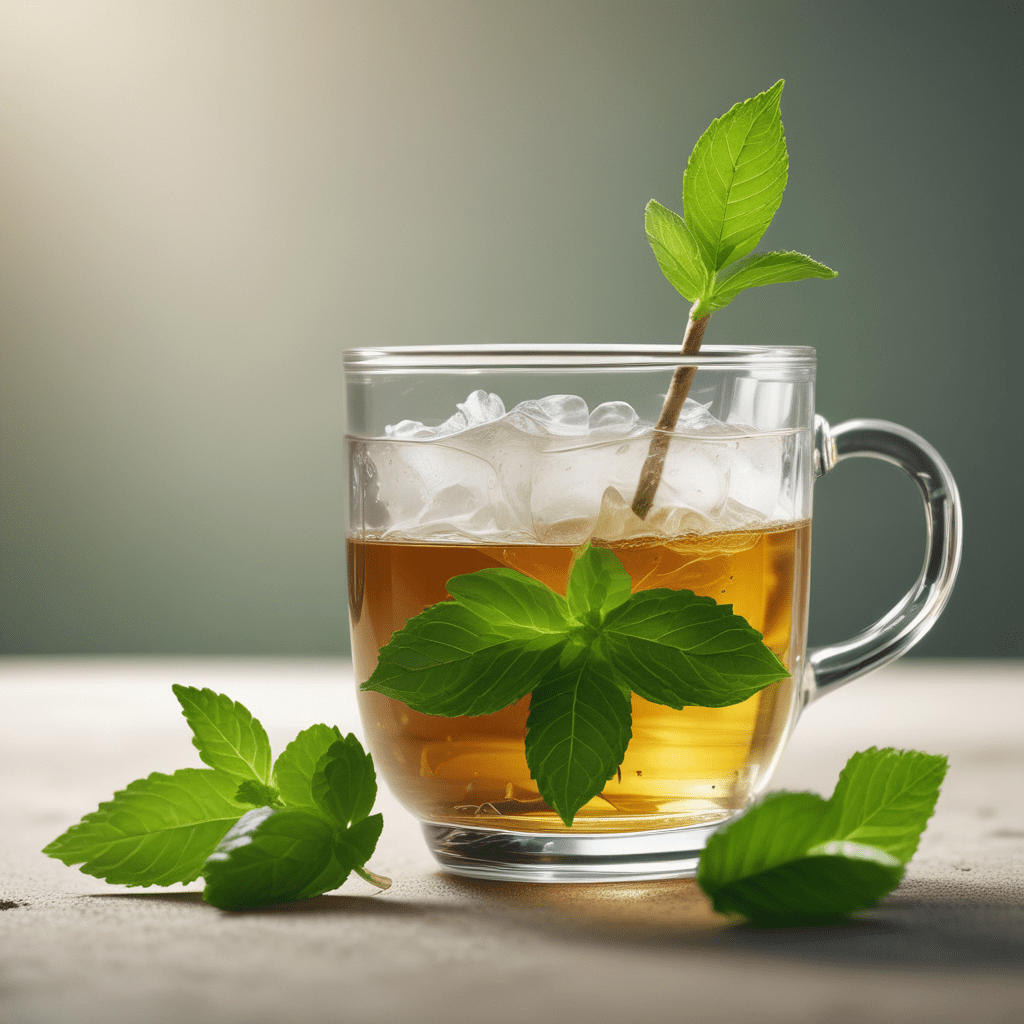
White Tea: The Grace of Tea Elegance
White tea is known for its delicate flavor and numerous health benefits. Here, we explore the elegance of white tea and what makes it a cherished choice among tea enthusiasts.
The Origin of White Tea
White tea originates from the Fujian province in China, where it has been cultivated for centuries. It is made from the unopened buds and young leaves of the Camellia sinensis plant, carefully harvested before they fully open.
Unique Characteristics of White Tea
White tea is distinguished by its light, subtle flavor and pale golden color. It is minimally processed, undergoing minimal oxidation, which helps preserve its delicate taste and natural sweetness. Due to its minimal processing, it retains high levels of antioxidants and polyphenols, making it a popular choice for health-conscious individuals.
Popular Varieties of White Tea
Some well-known varieties of white tea include Silver Needle (Baihao Yinzhen), White Peony (Bai Mudan), and Tribulus White (Da Bai Hao). Each variety offers a unique flavor profile and aroma, appealing to a wide range of tea connoisseurs.
Health Benefits of White Tea
White tea is revered for its potential health benefits, including antioxidant properties that may help in reducing the risk of chronic diseases, promoting heart health, and supporting skin health. Additionally, its low caffeine content makes it a gentle choice for those seeking a mild pick-me-up without the jitters often associated with other caffeinated beverages.
The Art of Brewing White Tea
Brewing white tea is a delicate process. It is recommended to use water that is just below boiling and allow the leaves to steep for a short duration to avoid bitterness. The intricate method of brewing further adds to the allure of white tea, making it an artful experience for tea enthusiasts.
Pairing White Tea with Food
White tea’s subtle flavor pairs exceptionally well with light and delicate dishes such as seafood, salads, and desserts. Its gentle taste complements the flavors of the food without overpowering them, creating a harmonious dining experience.
In Conclusion
White tea stands out as a symbol of elegance in the world of tea, captivating aficionados with its delicate flavor, potential health benefits, and rich cultural heritage. Embracing a cup of white tea is not only a delight for the senses but also a journey into the rich traditions and grace of tea culture.
